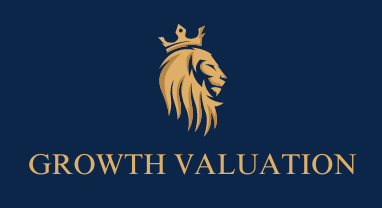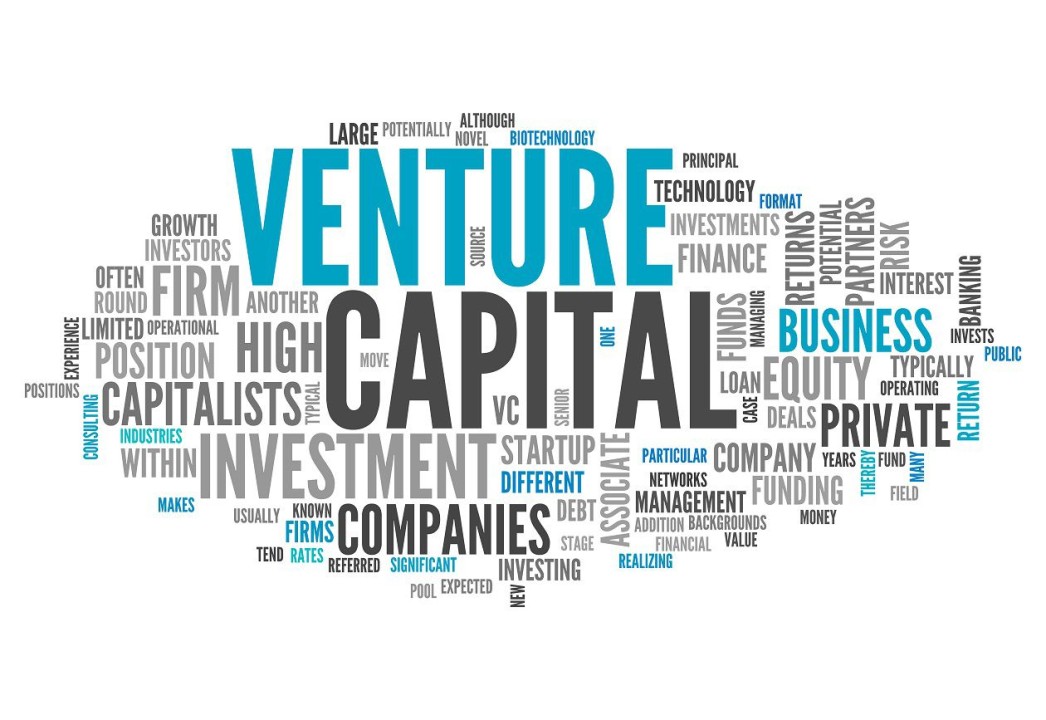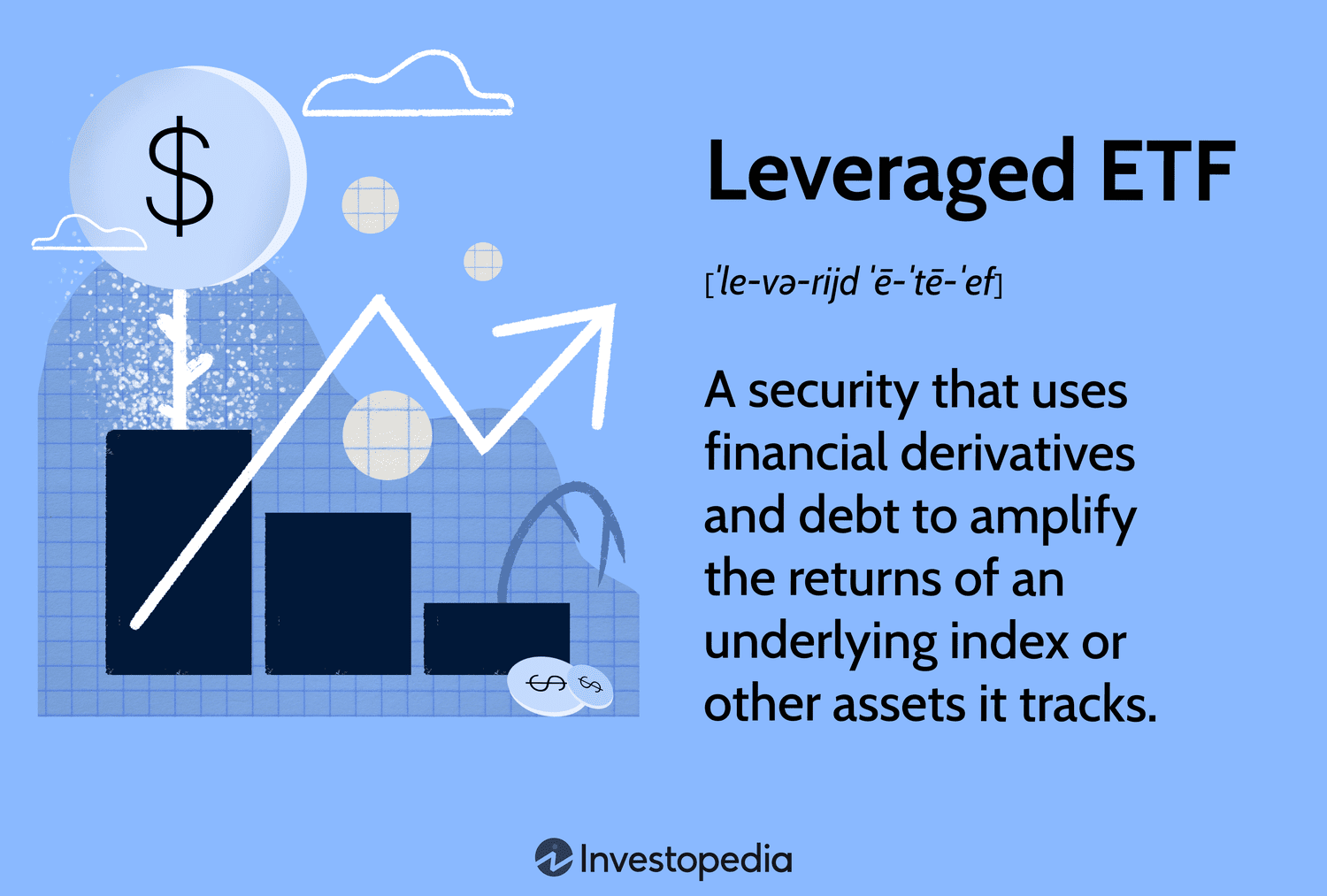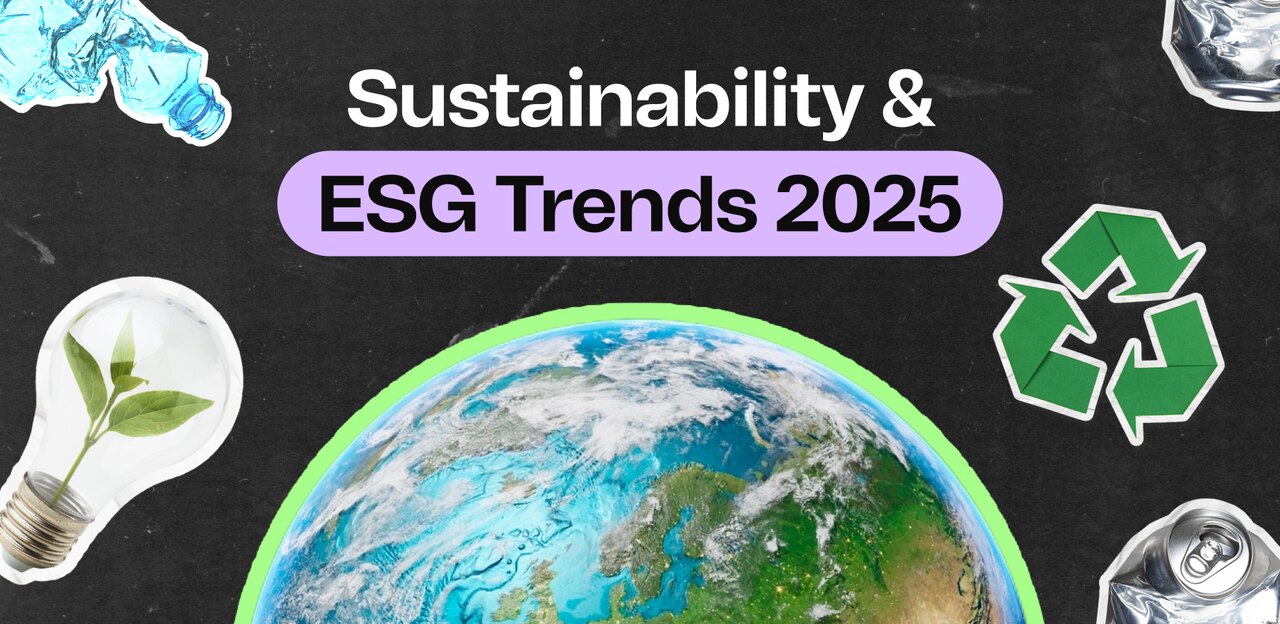
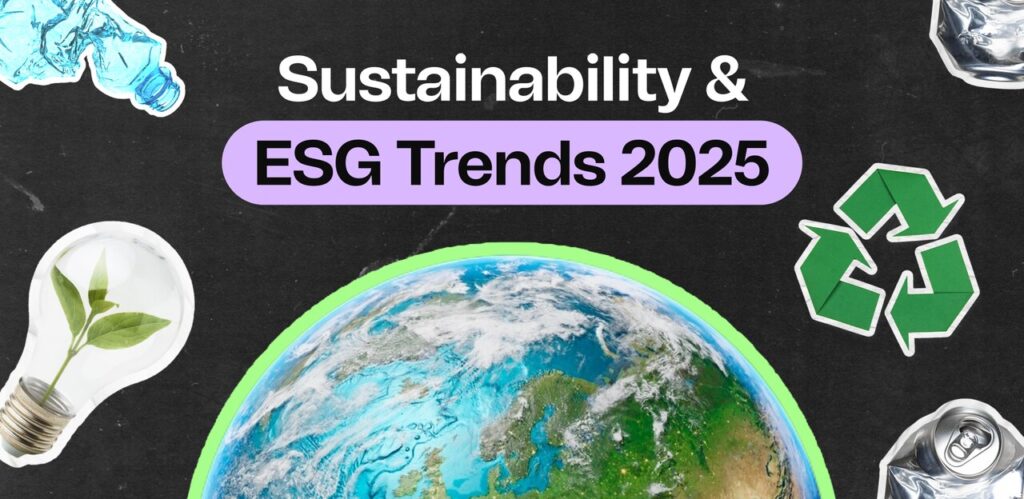
1. Stricter Regulatory Frameworks and Compliance Pressures
A prominent trend in 2025 is the intensification of regulatory oversight, particularly in regions like the European Union (EU) and parts of Asia. The EU’s Corporate Sustainability Reporting Directive (CSRD), with its 2026 reporting deadline for 2025 data, mandates enhanced disclosures on environmental, social, and governance impacts, emphasizing double materiality (financial and societal effects). Similarly, ASEAN ESG laws and potential U.S. SEC climate rules (despite political resistance) signal a global push for transparency. However, the narrative of universal compliance may be overstated—political shifts, such as the anticipated U.S. administration’s adversarial stance under President-elect Donald Trump, could delay or dilute these efforts. The risk of fines, reputational damage, and investor distrust is real, but the capacity of smaller firms to meet these demands remains questionable, especially without standardized metrics.
2. Shift Toward Enforcement Over Compliance Reporting
Regulators are increasingly moving from requiring ESG reports to enforcing accountability, with penalties like higher taxes, fines, or license revocations for non-compliance. This shift aims to deter greenwashing, where companies exaggerate sustainability claims, a concern validated by enforcement actions against misleading disclosures. Yet, this enforcement narrative assumes effective global coordination, which is challenged by geopolitical tensions and varying regional priorities (e.g., U.S. deregulation vs. EU mandates). The reliance on punitive measures might also discourage innovation if companies prioritize avoidance over genuine sustainability efforts.
3. Integration of AI and Technology in ESG Management
AI is heralded as a game-changer, enhancing ESG reporting through predictive analytics, carbon accounting, and supply chain transparency via blockchain. Tools from firms like IBM and Microsoft are optimizing emissions tracking, while AI-driven data collection is expected to support smaller companies in meeting CSRD requirements. However, the optimism around AI overlooks significant hurdles: data quality varies widely, and ethical concerns (e.g., bias in algorithms) remain underexplored. The assumption that technology alone can resolve ESG complexities may underestimate the need for human oversight and robust governance.
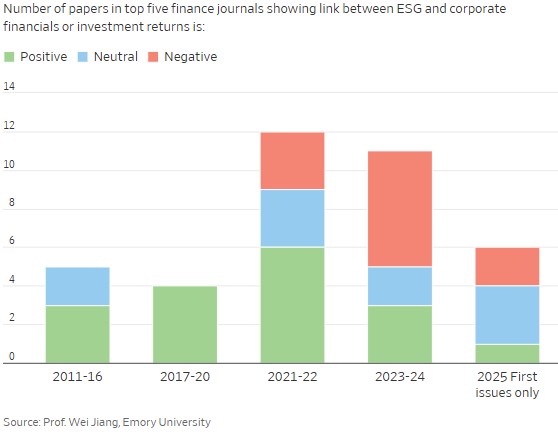
4. Focus on Supply Chain Resilience and Human Rights
The emphasis on supply chains is growing, driven by regulations like the EU’s Corporate Sustainability Due Diligence Directive (CS3D) and Canada’s Bill S-211, which mandate reporting on forced labor risks. Companies are pressured to audit global supply chains, adopt low-carbon sourcing (e.g., Walmart, IKEA), and address biodiversity impacts via frameworks like the Taskforce on Nature-related Financial Disclosures (TNFD). While this trend promotes ethical practices, it assumes supply chain partners can meet these standards, which is doubtful in regions with weak governance. The cost and complexity of compliance could also disproportionately burden smaller firms, raising equity concerns.
5. Backlash and Retreat from ESG Commitments
A notable countertrend in 2025 is the retreat from ESG, particularly in the U.S., where political opposition and legal challenges (e.g., anti-DEI lawsuits) are prompting companies to scale back diversity, equity, and inclusion (DEI) initiatives and ESG targets. Major players like BlackRock have adjusted their ESG ambitions, and funds with ESG labels are seeing outflows due to underperformance compared to traditional funds. This backlash challenges the narrative that ESG is universally embraced, suggesting it may be more a reflection of regional politics than a global consensus. The risk is that this retreat could undermine long-term sustainability goals, especially if driven by short-term financial pressures.
6. Climate Transition and Nature-Based Solutions
Climate transition investing—funding low-carbon technologies like wind and solar—remains a priority, with estimates of $6 trillion annually needed for energy transition. Nature-based solutions, such as reforestation, are gaining traction, touted as cost-effective climate actions. However, the narrative of private capital filling a $2.5 trillion SDG funding gap assumes stable economic conditions and public support, which are shaky given geopolitical risks and fossil fuel subsidies outpacing green investments. The U.S. withdrawal from the Paris Agreement (again, as of recent reports) further complicates this trend, casting doubt on global climate commitments.
7. Regional Disparities and Leadership Shifts
Regional differences in ESG adoption are stark, with Europe (especially Nordic countries) and Asia-Pacific leading, while North America lags due to political resistance. Asia, excluding Japan, projects over 20% ESG investment growth, driven by renewable energy and microfinance in countries like India and Indonesia. Yet, this optimism may overlook infrastructure gaps and regulatory inconsistencies. The narrative of Asia as a leader assumes sustained government support, which could waver amid economic shifts, highlighting the need for cautious interpretation.
8. Investor and Consumer Pressure
Investors increasingly integrate ESG into decision-making, with 89% considering ESG factors and 87% of CEOs supporting its inclusion in reporting. Consumer loyalty to sustainable brands (88% per surveys) and younger generations’ (Millennials, Gen Z) demand for ethical practices fuel this trend. However, the claim that ESG consistently delivers financial outperformance (e.g., 15% stock gains) may be biased by selective data, and consumer preferences could shift with economic downturns, suggesting a need for skepticism.
Critical Examination
The establishment narrative paints ESG as a unstoppable force, with assets potentially reaching $35 trillion by 2025 and sustainability becoming “business-as-usual.” This optimism is supported by regulatory momentum and technological advances but is tempered by significant pushback, measurement inconsistencies, and geopolitical risks. The conflation of ESG with impact investing or sustainability goals muddies the waters, and the focus on compliance might overshadow genuine impact. Claims of universal adoption or financial superiority warrant scrutiny, as they may reflect advocacy rather than empirical consensus—especially given underperforming ESG funds and regional disparities.
Our opinion
In 2025, ESG trends are shaped by stricter regulations, technological integration, supply chain focus, climate priorities, and regional dynamics, yet face backlash, enforcement challenges, and measurement gaps. While the field offers opportunities for sustainable growth, its success hinges on overcoming political resistance, ensuring data integrity, and aligning stakeholder expectations. Businesses and investors should approach these trends with strategic adaptability, recognizing both their potential and the uncertainties ahead.



